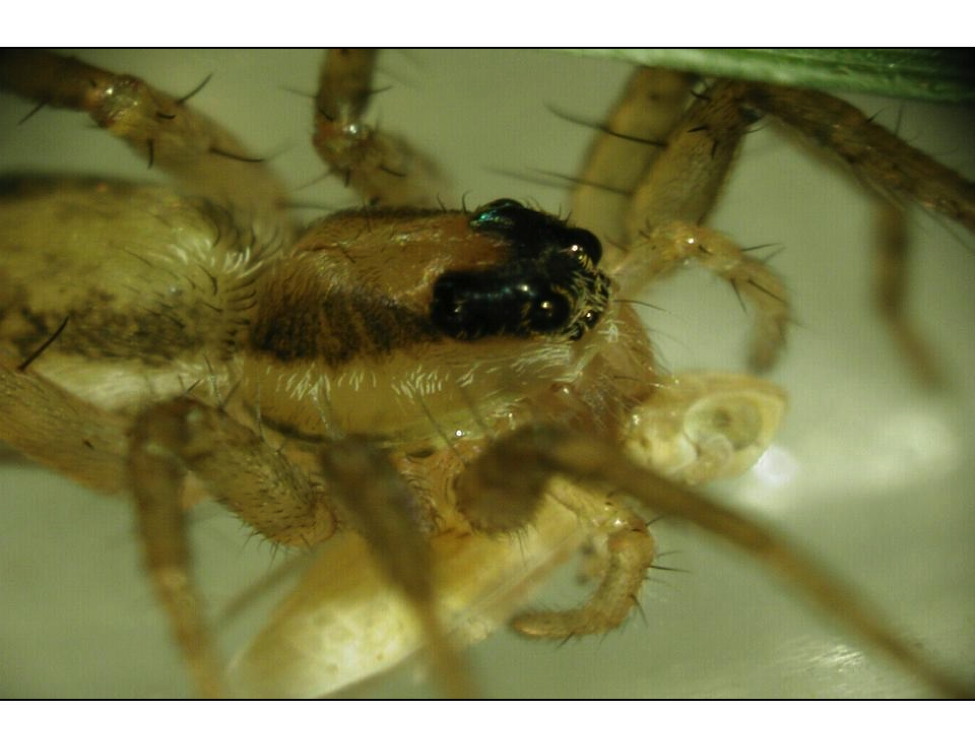generalist predators in food webs
Predators are often lost to extinction at a much higher rate than organisms lower in the food chain, but can positively affect plant production by feeding on herbivores (i.e., trophic cascades). Such abilities may be enhanced when predators are multichannel omnivores that rely on prey from different food webs (e.g., live plant and detrital). We examined two generalist predators in the intertidal salt marsh (both spiders), and found that both species are multichannel omnivores that feed on prey from the live plant and epigeic (detrital and algal) food webs. However, while the web-building spider switched to the most abundant prey as it became available, the hunting spider did not (Wimp et al. 2013, Oecologia). This difference may happen because of intraspecific variation within the hunting spiders; larger hunting spiders could switch from the epigeic to grazing food web as grazing prey became more abundant, but small spiders were unable to do so (Murphy et al. 2020, Oecologia). Differences in prey use are important because they can affect the survival and fecundity of hunting spiders (Wimp et al. 2021, Current Research in Insect Science). Taken together, these studies are important because they demonstrate that not all multichannel omnivores are capable of stabilizing food webs by controlling the most abundant prey.




